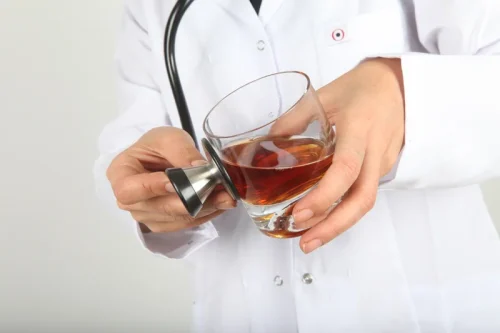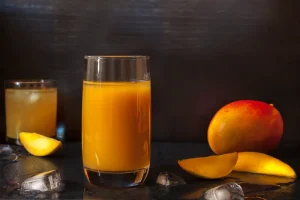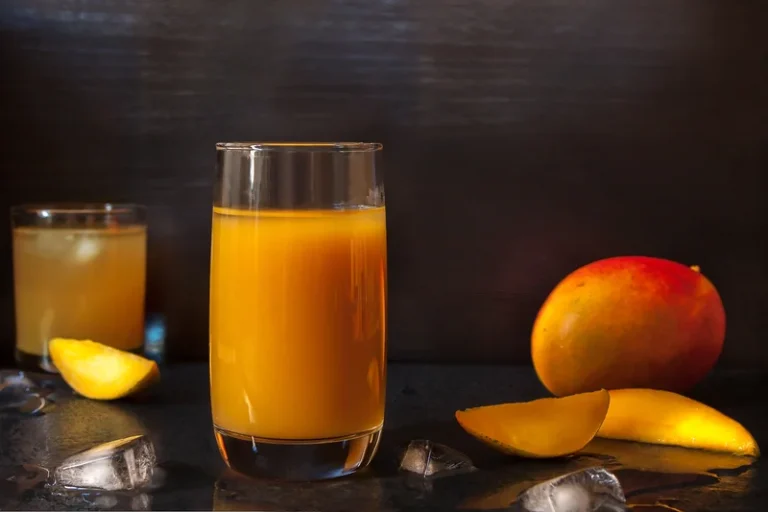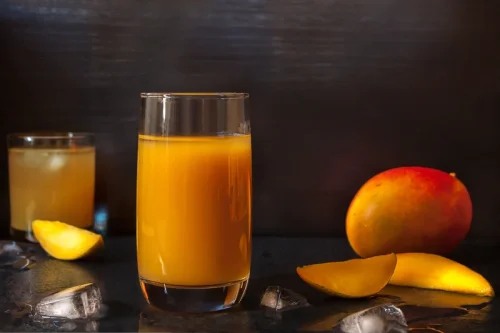
Students attending schools with strong Greek systems or prominent athletic programs tend to drink more than students at other types of schools. In terms of living arrangements, alcohol consumption is highest among students living in fraternities and sororities and Substance Abuse In College Students lowest among commuting students who live with their families. Harmful and underage college drinking are significant public health problems, and they exact an enormous toll on the lives of students on campuses across the United States.
RFK Jr. Says Doing Heroin Made Him a Star Student

We hope that future research will shed light on this issue by examining mental health as it relates to college students’ field of study and substance use. Third, the definition of ‘heavy alcohol use’ used in the study differs slightly from the most-up-to-date definition of binge drinking, only because the NLSY97 survey question followed the earlier classification of binge drinking that was used in the National Survey on Drug Use and Health. As such, caution should be used when comparing our results on heavy alcohol use to other studies of binge drinking. Finally, despite the large sample size and detailed information on respondents’ college years, our findings might not be generalizable to current college students. The NLSY97 data is approximately a decade old, and college students today face a different policy context for substance use 65. Future research that uses newer data may inform the generalizability of the NLSY97 data.

Availability of data and materials

Our state-specific resource guides offer a comprehensive overview of drug and alcohol addiction treatment options available in your area. Drinking alcohol and getting drunk are almost synonymous with American college culture. However,excessive alcohol use in collegecan have serious consequences for the students who drink, and everyone around them. This guide shows how Frostburg State University reduced underage and high-risk drinking among the student population and discusses how these strategies were implemented. However, it is still important to know how alcohol affects your health, how to identify signs of a problem, and where to get help. Sam is currently studying editing and publishing at BYU, with a minor in Digital Humanities.
Young Adult Rehab Programs at American Addiction Centers

First, information on educational status was based on self-report and not confirmed by collateral informants. However, the weighted numbers of college students in the NESARC match very closely to the yearly estimates of college enrollment,75 suggesting the degree of possible misclassification to be small in our study. Second, the cross-sectional design does not allow attribution of causality to the associations between psychiatric disorders and college attendance.

The NLSY97 began by interviewing 8984 respondents who were 12 to 18 years old in 1997–1998 (round 1). The NLSY97 aims to understand U.S. youths’ transition from school to work and into adulthood 43. The NLSY97’s detailed information on college education, together with the large-scale, longitudinal national sample, provide a rare opportunity to examine college majors and substance use over time. According to data from theSubstance Abuse and Mental Health Services Administration (SAMHSA), drug and alcohol use among college students is a problematic trend at universities across the country. Statistics measuring drug abuse in college students show that illicit and prescription drug use is on the rise among college-age individuals. Not only have substance use trends increased in the past 2 decades among university students, but negative perceptions and societal attitudes toward the use of illicit substances have also lessened.
- The 2017 Monitoring the Future College Students and Young Adults survey shows trends in the use of marijuana, alcohol…
- A closer look at Table 2 also reveals a trend over time of increased substance use behaviors for individuals in nearly all majors.
- Despite pro-marijuana groups spending millions, voters in red and blue states rejected marijuana and psychedelic legalization ballot measures, indicating that drug legalization is unpopular and bad policy, and that marijuana use is increasing and leading to health issues and addiction.
- This guide shows how HBCUs, as well as other institutions that primarily serve students from a distinct background, region, or culture, can create prevention strategies to meet the unique needs of those students.
- Table 3 presents the results of regression analyses that examined the association between level of education and substance use behaviors.
- Second, the undergraduate socialization model conceptualizes college as the primary socialization field for young adults’ development 34, 35.
- For example, students who major in STEM, health sciences, and education showed a lower degree of engagement in substance use behaviors.
We publish material that is researched, cited, edited and reviewed by licensed medical professionals. The information we provide is not intended to be a substitute for professional medical advice, diagnosis or treatment. It should not be used in place of the advice of your physician or other qualified healthcare provider.